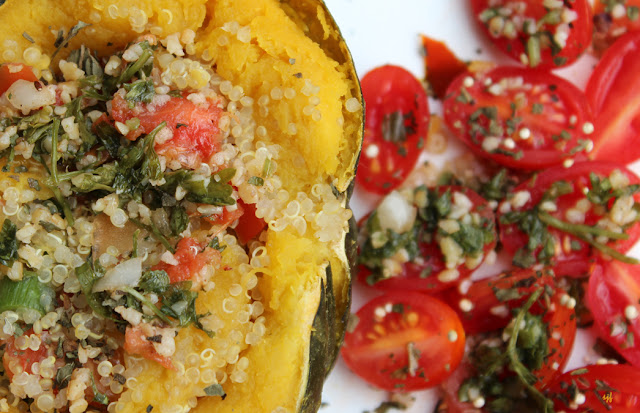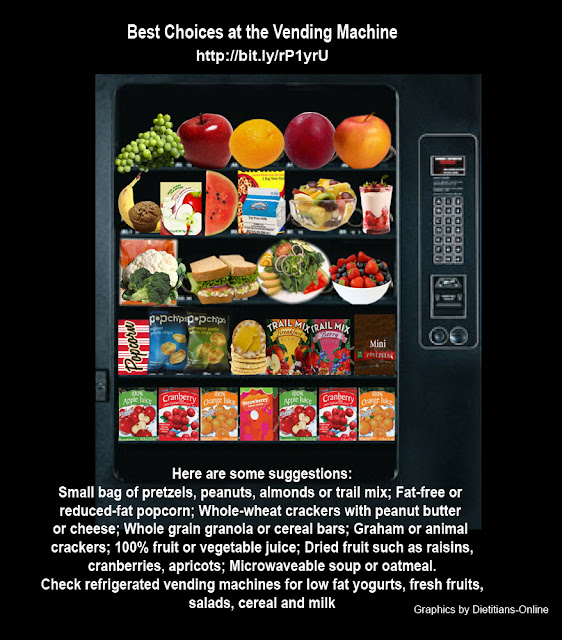National Hot Dog and Sausage Council
How It's Made - Hot Dogs
U.S. Laws Regulating Hot Dogs
Food Safety
Hot Dogs and Nutrition
Hot Dogs and Sodium Nitrate
Choking risk
Commercials Then and Now
The U.S. Chamber of Commerce designated July as National Hot Dog Month in 1957. The National Hot Dog and Sausage Council (http://www.hot-dog.org) is an organization created in 1994 by the American Meat Institute and is funded by contributions from hot dog and sausage manufacturers and suppliers of equipment, ingredients and services. The Council conducts scientific research and provides information to consumers and media on questions related to quality, safety, nutrition and preparation of hot dogs and sausages.
What's In A Hot Dog by Joy Bauer
How It's Made - Hot Dogs
U.S. Laws Regulating Hot Dogs (http://www.fsis.usda.gov/factsheets/hot_dogs/index.asp)
A hot dog, frankfurter or wiener is a cooked sausage. They are made from beef, pork, veal, turkey, chicken, or a combination and the label must state the type of meat and other foods used.
Federal Standards of Identity.
1. Hot dogs may not contain more than 30% fat or no more than 10% water.
2. Beef or all-beef: Contains only beef with no soybean protein or dry milk solid fillers added.
3. Kosher: All-beef, usually heavily seasoned.
4. Frankfurter may contain up to 3.5 percent fillers and made from a combination of meats.
5. Turkey or Chicken Franks can contain turkey or chicken and turkey or chicken skin and fat in proportion to a turkey or chicken carcass.
6. If variety meats, cereal or soy fillers are used, the product name must be changed to "links" or the presence must be declared on the label. Hot dogs can be 15% byproducts; heart, kidney, liver or other organs. But it must be labeled.
7. Up to 3.5% non-meat binders and extenders (such as nonfat dry milk, cereal, or dried whole milk) or 2% isolated soy protein may be used, but must be shown in the ingredients statement on the product's label by its common name.
8. If a hot dog has a casing, or a thin skin and it is different than the meat used in the hot dog, the label must say so. For example, if a chicken hot dog has a pork casing, the label must list the pork casing on the ingredients list. If the casing is artificially colored, the label must indicate this
9. All ingredients in the product must be listed in the ingredients statement in order of predominance, from highest to lowest amounts.
10. To protect consumers against Bovine Spongiform Encephalopathy, mechanically separated beef is considered inedible and is prohibited for use as food. It is not permitted in hot dogs or any other processed product. (Mechanically separated meat is a process whereby meat is separated from the bone by scraping, shaving, or pressing the meat from the bone without crushing, breaking or grinding the bone.)
11. Mechanically separated pork is permitted and must be labeled as "mechanically separated pork" in the ingredients statement. Hot dogs can contain no more than 20% mechanically separated pork.
12. Hot dogs can contain any amount of mechanically separated chicken or turkey.
A vegetarian hot dog is a hot dog produced completely from non-meat products. Vegetarian hot dogs are usually from some sort of soy protein, but some contain egg whites (not acceptable to vegans). There are also vegetarian hot dogs made from tofu.
Food Safety
1. Hot dogs should be reheated until steaming hot before eating, due to the threat of listeriosis.
2. If there is no product date, hot dogs can be safely stored in the refrigerator in the unopened package for 2 weeks; once opened, only 1 week.
3. Frozen hot dogs maintain their quality for about 1 or 2 months.
4. Do not leave hot dogs at room temperature for more than 2 hours and no more than 1 hour when the temperature goes above 90 °F.
Hot Dogs and Nutrition
The traditional hot dog is high in fat and salt, and contains very little or no fiber. Yet Americans typically consume 7 billion hot dogs during Hot Dog Season which runs from Memorial Day to Labor Day.
Below is a list of hot dogs, from beef, pork, turkey, low fat, no fat and vegetarian. Moderation, individual needs and preferences are key to planning your meals. If you are someone that eats hot dogs more than once a week, it might be wise to choose a lower-fat variety.
The analysis provided is based on 2 ounces cooked. It is important to read the label and check the portion size. Some of the hot dogs listed below were rounded up to 2 ounces in order to show a comparison of equal weight.
Hot Dogs and Sodium Nitrate/Nitrite
Many brands of hot dogs contain sodium nitrite and nitrate. It is used as a food preservative, flavor enhancer, prevents spoilage and helps prevent botulism. Sodium nitrite and nitrate occur naturally in some vegetables, fruits, grains, spices and water. In the 1970’s there were a number of studies that linked the consumption of nitrite with cancer in laboratory rats.
As a result, the FDA and the USDA commissioned a comprehensive review of sodium nitrite's role as a food additive. The results from the National Academy of Sciences (NAS) stated that nitrite does not cause cancer, although exposure to high nitrite levels in certain populations may be associated with cancers. The NAS recommended people's exposure to both nitrates and nitrites be reduced as much as possible without endangering the protection against botulism.
The meat industry made substantial changes in the past 20 years to address the concerns about nitrite in cured meats. It reduced the use of nitrite in the processing of cured meats and now averages one-tenth of what the regulations allow.
In a Consumer Report analysis, it was found that the nitrates and nitrites in all the hot dogs tested were well below the maximum level for the additives established by the USDA. A hot dog labeled uncured cannot add nitrates or nitrites, but that does not necessarily mean the product is free of them. The three uncured hot dogs tested contained nitrites and nitrates because the compounds occur naturally in spices and other natural ingredients added during processing.
As I reviewed the literature, it was clear the controversy over nitrites causing cancer still exists today. The American Institute for Cancer Research report found that consuming one 50-gram serving of processed meat (about one hot dog) every day increases the risk of colorectal cancer by 20 percent. According to the AICR, the average risk of colorectal cancer is 5.8 percent, but 7 percent when a hot dog is consumed daily over years.
Choking Risk
Hot dogs present a significant choking risk, especially for children under 14 years of age. Seventeen percent of all food-related asphyxiations are caused by hot dogs. It is suggested the size, shape and texture of hot dogs be modified to reduce the risk of choking. Pediatric emergency doctors note that a wedged hot dog is almost impossible to dislodge from a child's windpipe. To serve hot dogs safely for children, one should slice the hot dog into bite-size pieces. For adults it is recommended to slice hot dogs down the middle length-wise.
Commercials Then and Now
Hebrew National Hotdog Commercial
1978 commercial for Oscar Mayer Hot Dog Wieners. Hot diggity!
OSCAR MAYER, 1960’s
Hot Dog Commercial (2010)
OSCAR MAYER Selects. They're a great way to re-connect with your family.


































